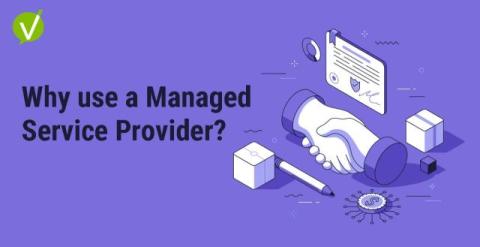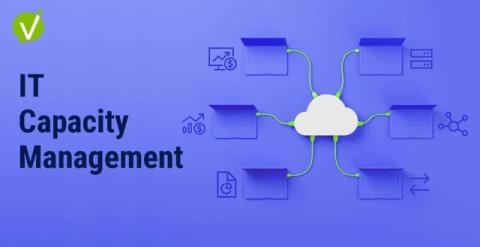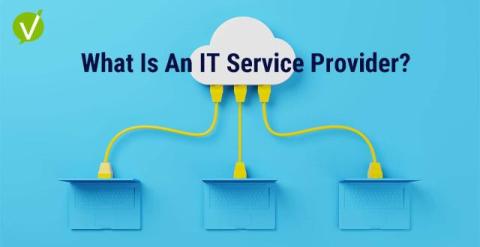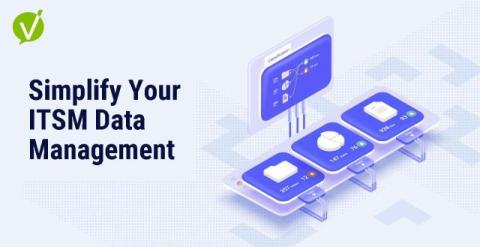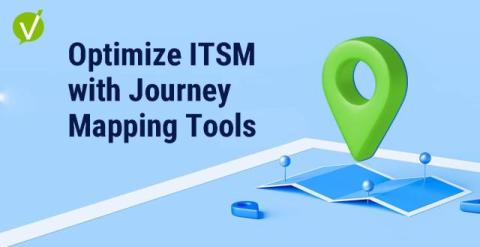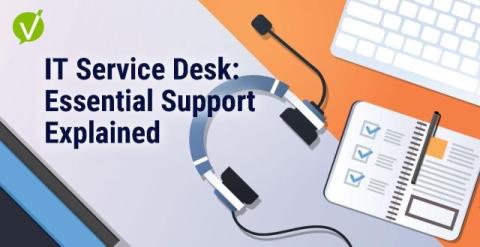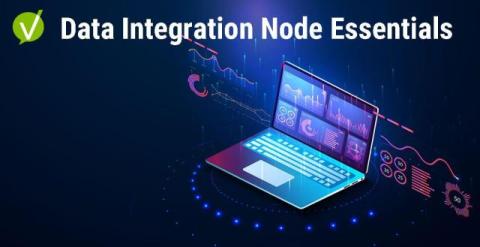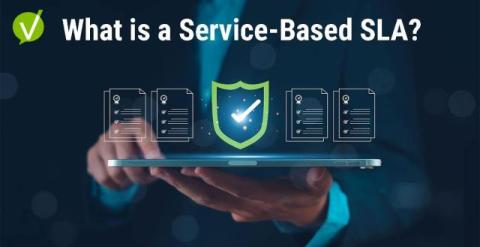Why Using a Managed Service Provider Is Essential for Business Success
Ever wondered how some businesses stay ahead of tech changes while others lag behind? The answer often lies in their partnership with a managed service provider (MSP) and their adoption of IT Service Management (ITSM) practices. Many businesses turn to MSPs equipped with ITSM expertise to streamline their IT processes, enhance customer service, and stay agile and ready to quickly adapt to industry needs.


